4 Must Know Algorithmic Trading Strategies this 2024
By Wilbert S
January 10, 2024 • Fact checked by Dumb Little Man
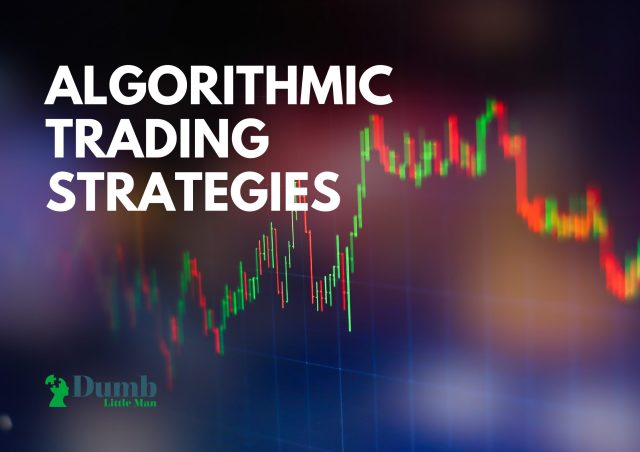
Want to jump straight to the answer? The best forex broker for traders is Avatrade
The #1 Forex Trading Course is Asia Forex Mentor
Making money from trading takes many specific forms. First, it starts with a specialty, a trader takes on or a combination of trading Forex, futures, options, cryptocurrencies, or commodities. And one overarching feature is the applicability of trading skills and strategies across each of them.
Markets have opportunities for traders to scour for opportunities at any applicable timeframe. So you’ll find scalpers taking minutes in a market. Conversely, you’ll find others running trades lasting above two years. And all work with trading strategies.
While a trader faces all these opportunities, there’s a limitation to human abilities. And in light of overcoming human limitations, enters the age of algorithmic trading strategies. The purpose of this post is to help with 4 trading strategies that are built on technological resources – automation.
And to guide us through, we’ll tap from the expertise of Ezekiel Chew, a Lead trainer, and mentor from Asia Forex Mentor. He gives back to society from his expertise spanning two decades of trading the markets. He shares many strategies which help traders bank six-figure trades and trade the opportunities for a lifetime career.
In other circles, you’ll find traders seeking reference from Ezekiel for his analysis of price action for the benefit of their trading career. And he also sits in global panels of discussions aligning with Forex and market events.
By the end of this post, traders will be able to grasp the real basics of 4 strategies of Algorithmic trading. In fine detail, we’ll cover classifications of automation in trading and more about bots. Towards the end, there’s a portion for the best forex trading course that can help you fast track on trading, and more specifically, the bot trading and far beyond.
4 Basic Algorithmic Trading Strategies
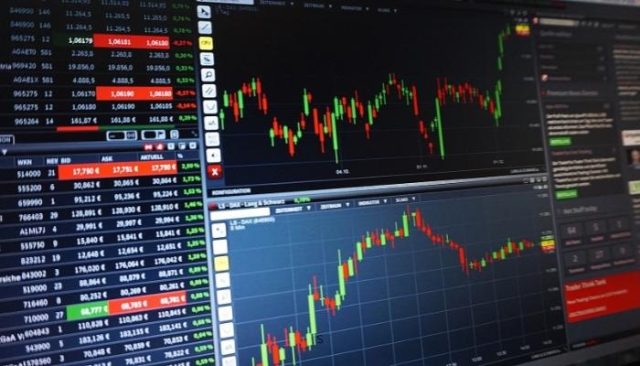
Trading strategies are so many. And the same goes for algorithmic trading strategies. These come with a huge premise in cost minimization in light of improving the potential for earnings.
With that comprehension, traders have so many strategies to approach the markets.
Here, we’ll cover four broad categories of algorithmic trading. You’ll notice that there are purely clusters around identifiable subject matters around trading and strategies. No trader is confined to each cluster under whatever circumstances.
And as a consequence, a strategy with a hybrid of all or some of the following clusters is always welcome. The baseline remains; it must be beneficial to a trader’s account growth.
#1. Trend-Following Algorithmic Trading Strategies
As the name points out, algorithmic trend-following strategies derive initial insights from current price trends. Trends are easy to spot and trade with ease, even for traders without in-depth expertise in trading.
Algorithms that help trade trends follow the same setup a manual trader would look for. Examples are moving averages, trend indicators, and general price increases or decreases over time frames. With tends, not much is required for predictions. However, an algorithm should be set to not build-ups up trend reversals to exit trades.
In trading, bots trigger trades when all the conditions you’ve set are met. And it’s upon the trader to set the requirements as precisely as possible. Towards making trends following algorithmic trades, bots are set to monitor moving average crossovers within a specific timeframe.
For instance, a bot is set to open a trend every time a 50 period SMA crosses the 200SMA. And that’s what a bot will follow. And just a step further, you’ll require to specify the amounts it has to trade. Or plainly being keen on the risk management with the trades the bot opens.
As you can see, the trend following algorithmic trade strategies is straightforward to set up and define the parameters applicable for each.
#2. Algorithmic Arbitrage Algorithmic Trading Strategies
The idea behind arbitrage arises when an asset listing takes place across different markets. And there are some price disparities with some of the prices. With that in mind, the arbitrage algorithmic trading strategies capitalize on noting the price disparities and grabbing the opportunities they present.
Arbitrage opportunities arise with stocks, bonds, and derivative product markets. The net difference between the market listing amounts to the profit a dealer bags in return. And due to the nature and occurrence of the differences in the listing, it’s quite hectic for a trader to wait for an opportunity whose occurrence is unpredictable.
Therefore, in light of such uncertainties, bots tracking the markets on 24 hours seven days schedules can snip at the opportunities at the earliest chances.
Some algorithmic traders often refer to it as statistical arbitrage strategies or Sta-Arb. In fine detail, it comprises complex statistical models and computations which look into the future pricing in light of the current conditions. Worth mentioning here is that among the opportunities are undervaluations of assets or stocks at present values.
In comparison, algorithmic arbitrage trading is more complex than the others, like trend following ones. Also, the applicable models include charting patterns that tally volumes, among other significant price valuation metrics.
#3. Mathematical Model-Based Algorithmic Trading Strategies
Effective Algorithmic math-based models allow traders to take advantage of trading not only the options but their underlying assets. These models avoid the trading of futures.
From a broader point of view, analysts develop algorithmic trading strategies arising from the following disciplines in mathematics: Descriptive Statistics, Probability Theory, Linear Algebra, Linear Regression, and Calculus (quantitative trading).
Algorithmic traders dig into data analysis, the applicable disciplines are further analyzed into a working model. For instance, under Linea algebra, machine learning will help with linear regression models to estimate an equation with several variables. Also, under calculus, traders narrow down to either differential or integral calculus towards summarizing with a trading algorithm.
Therefore, the algorithms arising from math-based strategies are products of crushing historical data to develop predictive models- and algorithmic trading system. And all this gets to an advanced level when aspects of capital protection and risk management come into the picture.
#4. Mean Reversion or Trading Range Algorithmic Trading Strategies
Mean reversion algorithmic trading builds on the theory that holds on the concept that market prices always correct themselves. And traders work within the scopes of buying low and selling high. Therefore, the profit opportunities come as the markets put in efforts to rectify the perceived anomalies.
Also, the concept of mean reversion applies to traders taking on options and builds on the documentation of volatility of prices, where the fluctuations rotate around a given average into the longer time frames.
Keen statistical observations show that prices oscillate between relative highs and relative lows, with the mean price acting as a pivot. The key factor here is the concept of the prices being bound within a range. Therefore, traders work with mathematical price forecasting techniques and price-range estimates to take trade opportunities within them and avoid significant price swings.
Therefore, some of the opportunities arise with expectations of price reversals with the algorithmic trading system. For instance, if prices make an upswing, sellers can analyze the situation and look for opportunities when the price is making its next downswing. So, it’s the probability with abnormal lows and highs in prices (high and low prices)- of course, approaching the mean price in the picture.
Cons of Mean Reversion Algorithmic Trading Strategies
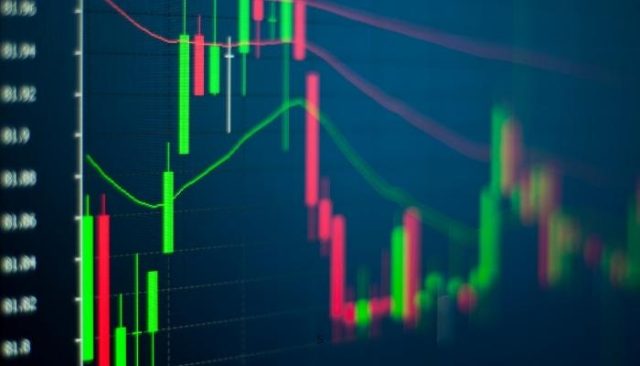
First, what is the guarantee that the mean price will be hit in the future? Price ranges keep on shifting with prevailing market conditions. These include political and environmental impacts that appear in the form of fundamental analysis.
The hardest part is always the prediction as to which direction the events will push the prices from the mean price. It’s even harder when because timeframes also bring in the challenge as to when the prices will make the drastic moves. Assets experience means reversions from almost rare aspects.
Finally, the algorithm takes the form of spotting prices within the ranges of high probability profits. However, the trading has to be cognizant of the risky aspects that face traders every moment.
Basics of Algorithmic Trading Strategies
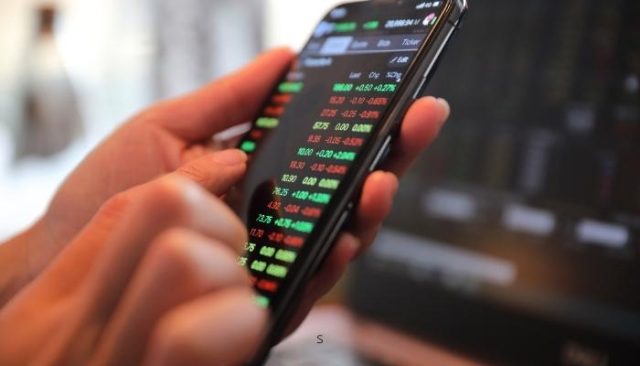
Algorithmic trading is simply the deployment of computers with programs to carry out trades on behalf of humans. In better words, it’s automated trading. Some traders refer to algorithmic trading using other names: sand-boxed trading, Algo-trading, or bot-trading. In reference to bots, these are typically robots but only lack the physical form.
All circumstances held constant; algorithmic trading can bring in huge profits if well implemented. It takes up opportunities that an ordinary human being gets too weary of analyzing and qualifying in the first place. Bot trading has bots installed in computers, servers, or cloud infrastructure that hosts them.
Worth mentioning is that bot trading is fully automated. Although, traders or developers have leeways to semi-automate them. In light of performance conditions, bots have high uptimes – we made mention of their all-time availability. But more significant is the opportunity and ability to open trades with lighting speeds. These are conditions not matched by any ordinary human.
Being body-less robots, they take instructions systematically, and they eliminate human feelings, which to a huge extent account for the failures of many novice traders. The instructions bots take to analyze the ordinary metrics in markets: price, time, and amounts of capital, and also delve deeper into other indicators helpful with price action analysis.
Let’s look at a practical scenario of a bot at works
Assume you have a target to purchase 100 shares of a certain stock. At this point, you already have a quantity to help if you were working with a bot (100 shares). The other metrics you’d require to specify are the time of purchasing the shares.
Next, let’s assume you want to specify the time using moving averages. And to be very specific here: targeting a moment when the SMA 50 crosses the SMA 200- Going short for 100 shares upon the crossover happening.
All the conditions set here are easily achievable with a bot. All you need is to specify to the bot: to monitor the two SMA’s. And whenever the condition is met, the bot will open the transaction to go sort for 100 shares.
Once the bot sets running, a trader leaves it alone to handle the transactions. Of course, other preconditions must be in place for the trading strategy to run successfully. One is internet connections. The second is enough capital in a trading account. While ordinary PCs can run bots, professionals tend to appreciate renting online servers with high uptime. PCs at home are prone to internet and power outages.
What are the Benefits of Algorithmic Trading Strategies?
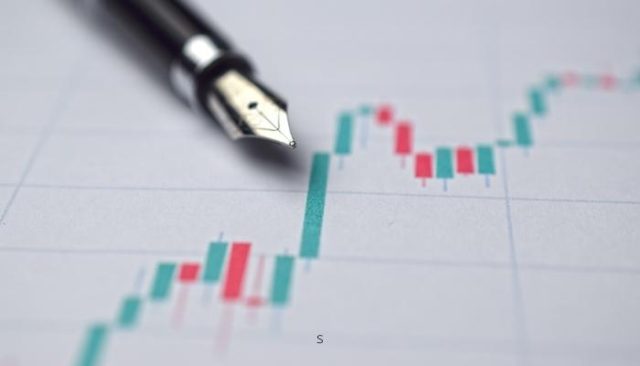
Bots bring immense benefits with Algorithmic Trading Strategy:
First, Bots help trigger trades very fast and at the best prices for every opportunity or setup that comes your way.
Secondly, bots are faster than your human abilities. There are some opportunities that happen at lightning speed – with automated trading. And bots are able to capture them. A human being would typically lose such an opportunity. It takes them seemingly ages to decide on the setups, the entry price, stop loss positions, and actually open the transactions.
In some circumstances, opportunities like arbitrage opportunities do not float around for long. However short they are open, bots will still capitalize on them and enable you to grasp the opportunities to your benefit.
From another point of view, human analysis hosts biases and has more to do with fatigue. While you rest, a bot glares at the markets holistically, picking the opportunities for you. Agreeably, market analysis is tedious, and bots help you there – you typically fly where you’d crawl.
Therefore, bots are extremely quick, and traders can leverage such opportunities to rake in profits for what would otherwise be missed opportunities.
How Do Bots Help with Algorithmic Trading?
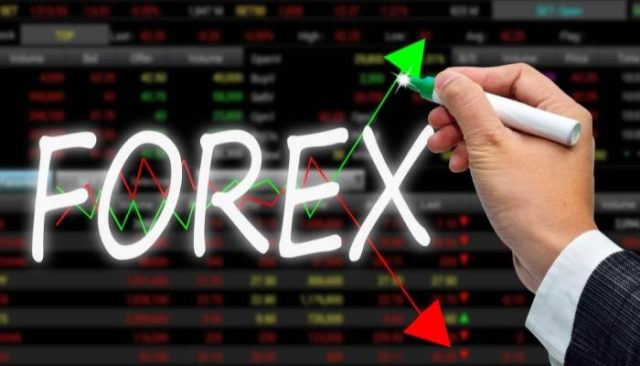
Algorithmic trading helps where algorithms are capable of scanning markets with multiple indicators concurrently. One other plane where algorithmic trading helps is phasing out human emotions in trading. Human traders may trade wrongly as low as entering a wrong trading pair or currency in the financial industry. Bots foolproof every setting before opening a trade.
Another advantage of the bot is the ability to carry out backtests with historical market data feeds with algorithmic strategies. Backtests serve as part of the testing phase to see probable results of a strategy. Tests help clear and rectify any bot flaws.
Of course, bots can monitor several markets or assets concurrently. The key element is paying attention to the setting’s specifications. When it comes to human factors, bot eliminating them helps remove the subjectivity.
Under some circumstances, we set up algorithmic trading can keep earning while traders have no physical access to trading platforms for whatever reasons. Bots will keep running trades and closing them in line with the given settings.
What Will a Bot Do with Algorithmic Trading Systems?

Bots enable traders to backtests with most past market data at present times. That is a significant portion where developers check on what they can optimize to upscale the effectiveness of the bot.
The other applicable scenario is a situation where large numbers of orders are queued into a system. The situation is more demanding where several markets are in the picture. A human eye will tediously labor at it, but algorithms effectively implement the analysis and trading seamlessly. Therefore, bots find ready applications with the demands of high-frequency trading platforms as well across other investment platforms.
The longevity of trades is not a factor; bots work in trades for short to long timeframes. Another model fits well and applies to scenarios where large investments are effected in small portions spread over a long period of time. It helps remove the seasonality risk of going at it all at once with a huge amount.
Bots also perform well in markets with a high frequency of short-term trades. The high frequencies of opening and closing are best taken up by bots which helps create liquidity for seller traders in the markets. Of course, this falls within markets that are driven by a high factor of speculations.
Another group of traders who find bot trading fitting in a well includes traders who work with systems whose backbone is trend-following or copy trading signals from a hedge funds manager working with the right algorithmic trading strategy. Bots prove very effective at following the markets and effecting trades under such setups.
Best Forex Trading Course

If you are a trader looking to fast track your journey into earning six-figure trades is a mathematically proven model with a very low risk-free profit approach, your best forex course is the One Core Program.
The One Core Program is a course with a cumulative 20 years of trading markets by Ezekiel Chew from the Asia Forex Mentor brand. It’s the main course for retail traders, institutional traders, and other market participants is taken from the introduction to the advanced analytical trading strategy to approach the financial markets.
Lastly, the One Core Program builds on a holistic approach to trading – it’s the main reason many traders end their search for credible skills by taking the One Core Program. In a nutshell, it tackles the psychological approach to trading, beating the market through the thorough analysis of price action as part of a trading strategy. It also lays emphasis on picking a few expected trades with high odds of winning.
| RECOMMENDED TRADING COURSE | REVIEW | VISIT |
|---|---|---|
 | #1 Forex, Crypto and Stocks trading course. Ranked most comprehensive by Investopedia and Best by Benzinga. Free to Try! |  |
Best Forex Brokers
| Broker | Best For | More Details |
|---|---|---|
 |
| securely through Avatrade website |
| Broker | Best For | More Details |
|---|---|---|
| securely through FXCC website |
Conclusion: Algorithmic Trading
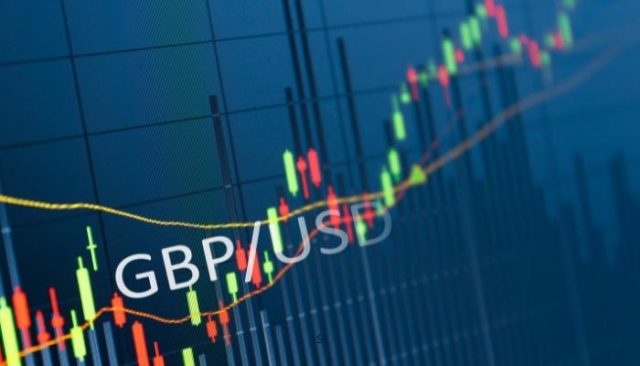
Certainly, you are aware that bots only open trades subject to meeting the conditions you set up. Therefore, bots allow you to make the setups and leave the accounts to trade on bots while you are away or with minimal supervision.
If you have a good bot in place, it’s a great way to earn some profits in a process that requires very low effort from you as a trader. However, the profits may not be so predictable, just as the same applies to the occurrence of the setups that allow a bot to open a trade and close with some profit.
Automation in trading is not free from flaws. A good number of traders believe that good trades are a result of human analysis and trade execution, which is acceptable. Of course, bots may not see the bigger picture of analysis as an expert human analyst would. Nevertheless, traders accept that particular downside with bot trading.
Traders who get small profits with bots appreciate it as it saves them the hassle of analysis and risks. They prefer the comfort of small incomes as opposed to chasing higher returns at nerve-wracking setups. They prefer the comforts.
By and large, bot trading is a beneficial avenue for traders who have little time to study the markets. Therefore, they find a preference, especially in highly volatile and unpredictable markets. Professional traders take longer analysis and pick trades with higher promises of returns other than what Algo-trading offers.
If you place both approaches on the same scale, bots are a very efficient alternative to trading while away. Traders who are willing to put in some good time for analysis can trade manually for bigger returns.
However, algorithmic trading is an avenue worth exploring. Take the time to read a few strategies. You can check through online resources to help you figure out the building bits of your knowledge towards progressively trading profitably.
Algorithmic Trading Strategies FAQs
Which is the best strategy for Algorithmic Trading?
There’s no best strategy for algorithmic trading. With that said, it’s upon developers and traders to explore a strategy and do backtests to see if it is worth surviving the harsh market conditions facing traders. At the same, there are so many classifications of algorithmic trading strategies. And some are hybrids of the classes that are distinguishable.
The best trading strategy for algorithmic trading manages an account on an auto-pilot basis. Meaning, that on its own, the trading strategy makes an analysis of parameters and, if satisfied, opens a position. Consequently, the Algo closes with a profit. In adverse situations, it will close with losses, but not big enough to dent your capital. Overall, your account is able to grow as timeframes elapse.
Is Algorithmic Trading Profitable?
The short answer is a Yes. However, for an algorithmic trading strategy to be profitable, it takes hard work upfront. And the hard work includes picking the parameters, setting up the model, and doing adequate backtests to ensure the highest win rates for the algorithm. Therefore, if an algorithm protects account capital and closes with more profits than losses, your account keeps growing over time.
Market conditions are variables that are ever fluctuating. Therefore, the guarantee of a status quo of market conditions leading to profits are not an infinite promise with any trading strategy. Furthermore, an algorithmic trading strategy has the ability to analyze markets and earn small profits, which may never out-do a real human expert doing the analysis and taking long-term and highly profitable trades.
Wilbert S
Wilbert is an avid researcher and is deeply passionate about finance and health. When he's not working, he writes research and review articles by doing a thorough analysis on the products based on personal experience, user reviews and feedbacks from forums, quora, reddit, trustpilot amongst others.


